Returning to Old Taipei at the Astoria Cafe
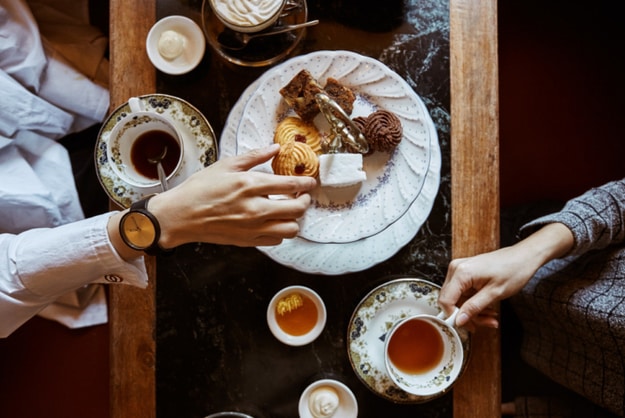
Source:Sil Ver Chang
The historic Astoria Cafe, once a favorite gathering spot for Taiwan's literary greats, is a great place to experience the atmosphere of days past.
Views
Returning to Old Taipei at the Astoria Cafe
By Lusheng Liweb only
Surrounded by the aroma of black tea, I try very hard to stay awake in this cozy setting as the chatter of the other customers gradually fades into the background. The cabinet next to me is filled with a variety of books and old photos. Many of the names and faces on display here were pioneers and stalwarts of Taiwanese literature, including Chou Meng-tieh, Huang Chung-ming, Pai Hsien-yung, Jiji, Sanmao and many others. All of them echo the Russian name of this cafe, Astoria, which signifies the brightest star in the night sky.
–
Right before the New Year, I had the opportunity to sample some delicious pizza in Gongguan, thin-crust pies made with three types of cheese that included smoked scamorza, cheddar and mozzarella. They were all very tasty. When it comes to pizza, I don’t like too many strange ingredients; my favorites are Margherita as well as cheese pizzas.
Late in the afternoon, I found myself in a good mood from all the great food. The sun was about to set, and the glimmer of light merged with the night sky. The glow of sunset gradually became a dark blue periwinkle. It’s my favorite time of the day. Tempted by the night view, I originally planned to end my bike ride at Guting. As my mobile phone had run out of battery, I couldn’t find a spot to return the bike. In the end, I could only ride back to the Western district. Having lost my way, I happened to pass Wuchang Street and the Astoria Cafe, a place that I hadn’t visited for two years.
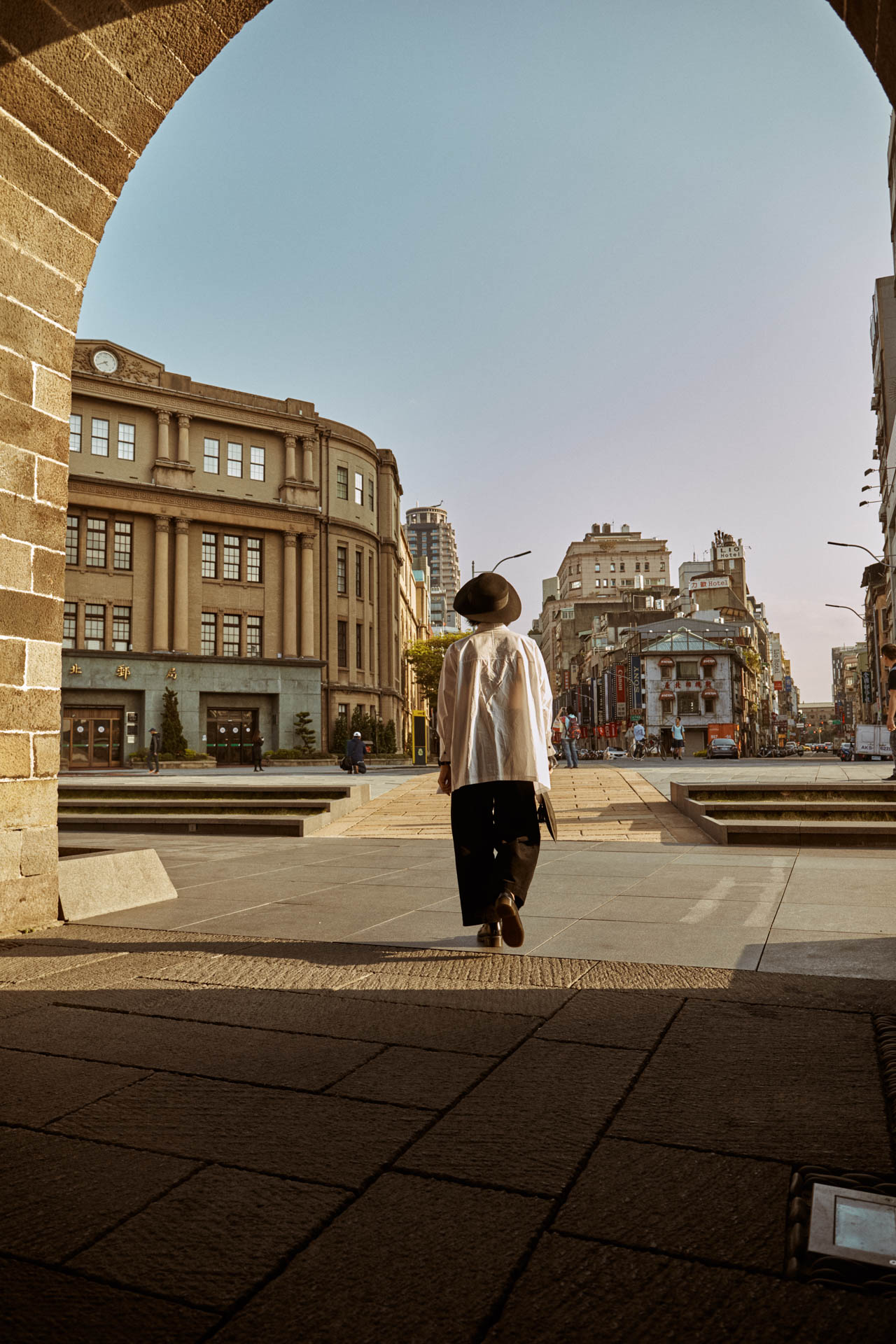
About two years ago, the Zhongxiao Bridge elevated entrance ramp had just been demolished, and the old North Gate officially reopened to visitors. At the time, I really enjoyed the color contrast of red and yellow between the North Gate and the Taipei Post Office, so I decided to take a stroll around the Beimen MRT station. The government has made the large space next to the North Gate into a garden plaza, with the airport MRT station nearby. The area has become a new landmark as well as a recreational space for the public.
It was getting late; I had squandered too much time wandering around lost in the streets, so I had to resist the allure of the old sign, which appeared to be asking if I had time for a cup of Russian caravan tea. But I remained steadfast and went home instead. After all, time is money, and I didn’t have much of either.

I returned to Cafe Astoria a few weeks later after lunch. Having made my way from Taipei Station to Chongqing South Road and then Wuchang Street, I arrived at around 2 p.m. Since the afternoon tea period began at 2:30, I decided to stroll around the area formerly known Chengzhong District to kill some time.
Like other districts, many of the shops here have adopted the name “Chengzhong” simply because they are located within the former walls around old Taipei. I find that rather cute as they ignore the current administrative districts. The name “Chengzhong”, which literally means “city center”, reminds me of a bygone era. Once I am inside the city, I can grab some new clothes, leather shoes and groceries before sipping a cup of tea at a fashionable cafe. It seems as if the aura of the old Taipei remains along with the name.


After passing Yuanling Street, once known as the place to buy leather shoes, I was back on Chongqing South Road, once known as bookstore street. The scenery has gradually changed over the years, and I could feel the unbearable weight of the passing of time. Everyone has to make a living, and one can’t blame anyone for the changes. New hotels and hostels are popping up one after another to accommodate all of the tourists emerging from the nearby airport MRT station. Naturally, more and more street vendors on Yuanling Street will replace the shoe shops. I suppose that’s urban development.
At 2:30, I climbed the stairs to the Astoria Cafe, surrounded by old photos on the walls.
The waiter asked me if I was having coffee or dining there, and I told him I would like to have afternoon tea. He guided me over to a round table next to a cabinet. The chair had wooden armrests with excellent texture. Having never been too strict about social manners, I quickly settled in, sitting with my legs crossed, and glanced at the menu.

Eventually, I ordered the borscht and Russian Caravan tea, as they are my favorite Russian dishes.
I have never been a fan of cooked tomatoes as the sourness and the unique taste of tomatoes tends to overshadow the taste of many other ingredients. The only exception would be borscht, which is made with tomatoes, carrots, potatoes, beef and cabbage. The reddish soup is filled with a variety of fresh sweet flavors, and the rhizomes carry a strong enough taste without being overcooked. The most crucial thing is that the taste of the cooked tomatoes is contained nicely, making this soup a delicacy.
The borscht at the Astoria Cafe originated from the Shanghainese borscht that was introduced to Shanghai by the Belarusians in the 1920s. One of the main ingredients of borscht, the beetroot, couldn’t be raised in the Southern regions of China, so the Shanghainese replaced the beetroot with cabbage and modified its taste for Asia. One might wonder if this can be considered authentic Borscht. I remember a scene from the movie The Legend is Born: Ip Man when the master Ip Man questions the authenticity of Wing Chun that Leung Bik has just demonstrated, and Leung’s response is that it is Wing Chun.
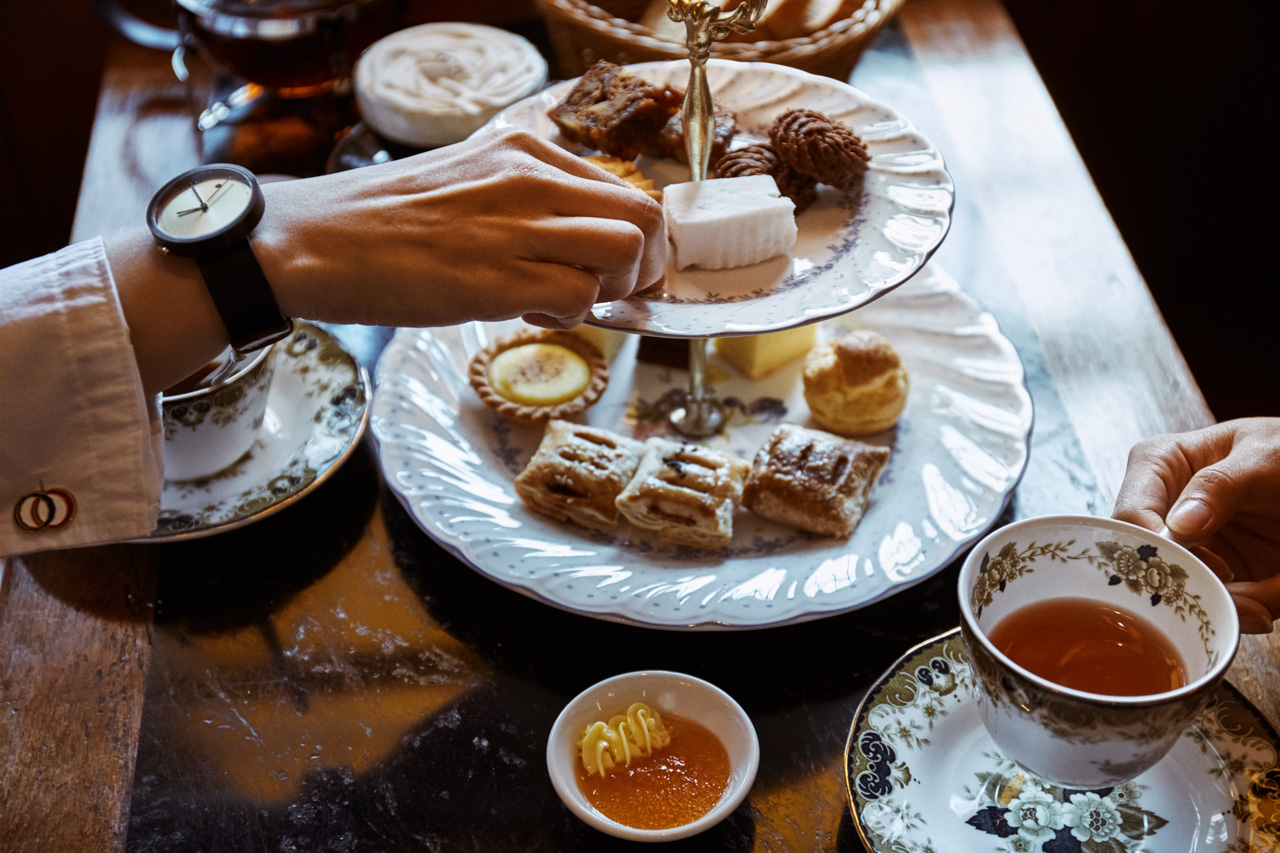
The use of jam is also essential in Russian cuisine. Apart from the spreads for bread that are made of jam and yogurt, Russian caravan tea also uses jam in place of regular sugar. The reasoning behind this is utilizing the alpha hydroxyl acids to neutralize the sour bitterness in the tea in order to achieve a better taste. The cafe provides tangerine jam; one just needs to add a tiny spoon of it and stir it slowly with the tea to achieve a fine taste.
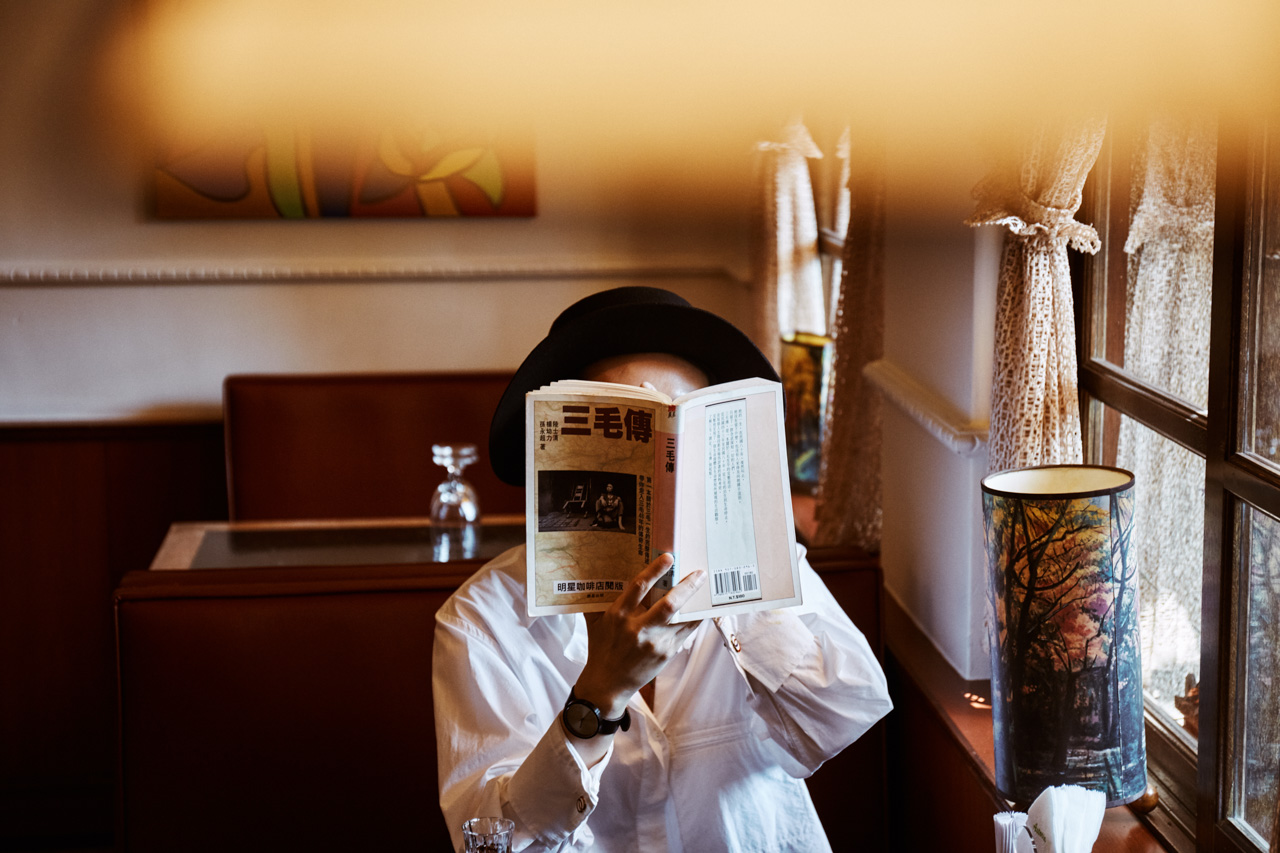

The cafe is an incredibly laid-back place. Surrounded by the aroma of black tea, I try very hard to stay awake in this cozy setting as the chatter of the other customers gradually fades into the background. The cabinet next to me is filled with a variety of books and old photos.
Many of the names and faces on display here were pioneers and stalwarts of Taiwanese literature, including Chou Meng-tieh, Huang Chung-ming, Pai Hsien-yung, Jiji, Sanmao and many others. All of them echo the Russian name of this cafe, Astoria, which signifies the brightest star in the night sky.
Yet even though it was a landmark literary salon, the Astoria Cafe closed at the end of 1980s. When the economy took off and society went through rapid changes, Taipei gradually evolved into a city of nightlife. Even when the night was bright and clear, we could no longer see this shining star; it reminds me of the predicament of Chongqing South Road and Yuanling Street. In the grand scheme of things, one has to show an incredible amount of determination and courage in order to stay true to one’s aspirations.
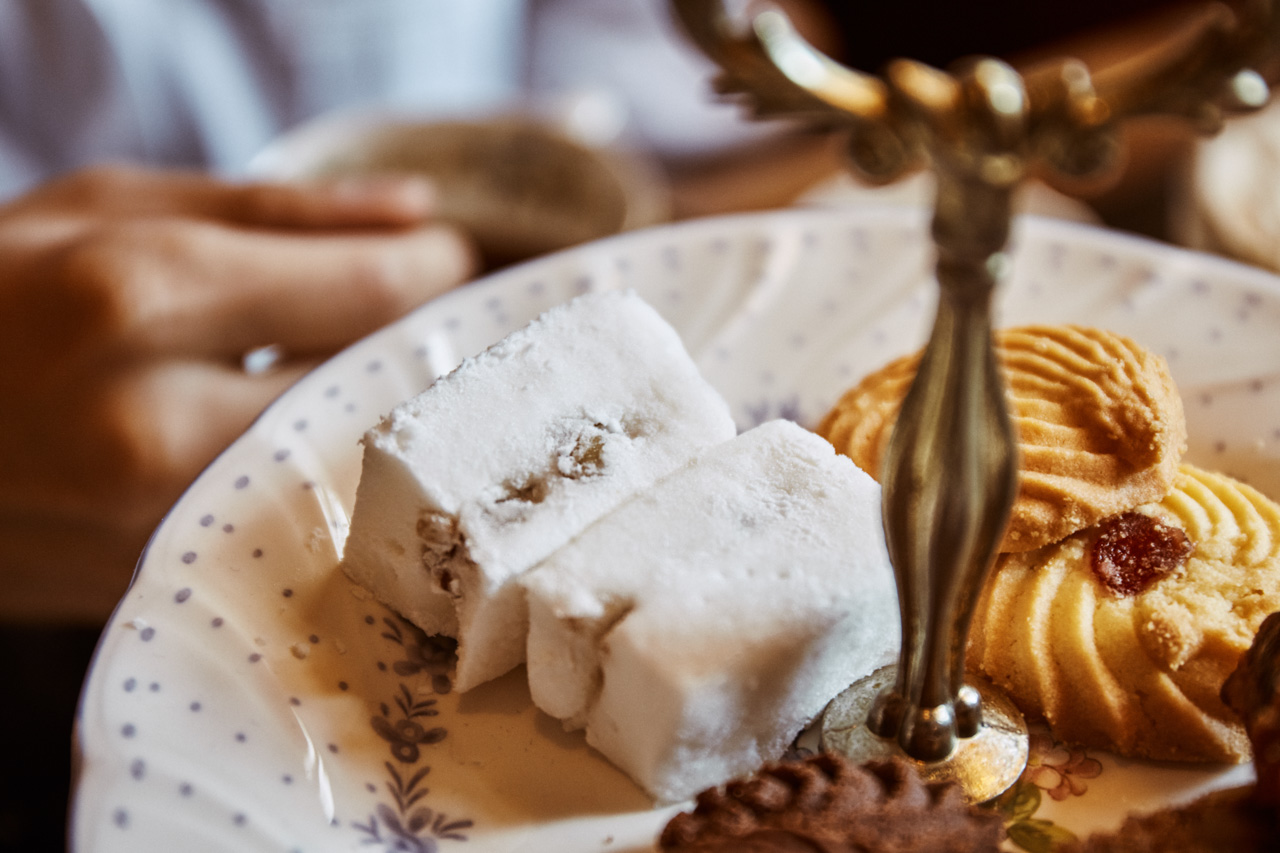
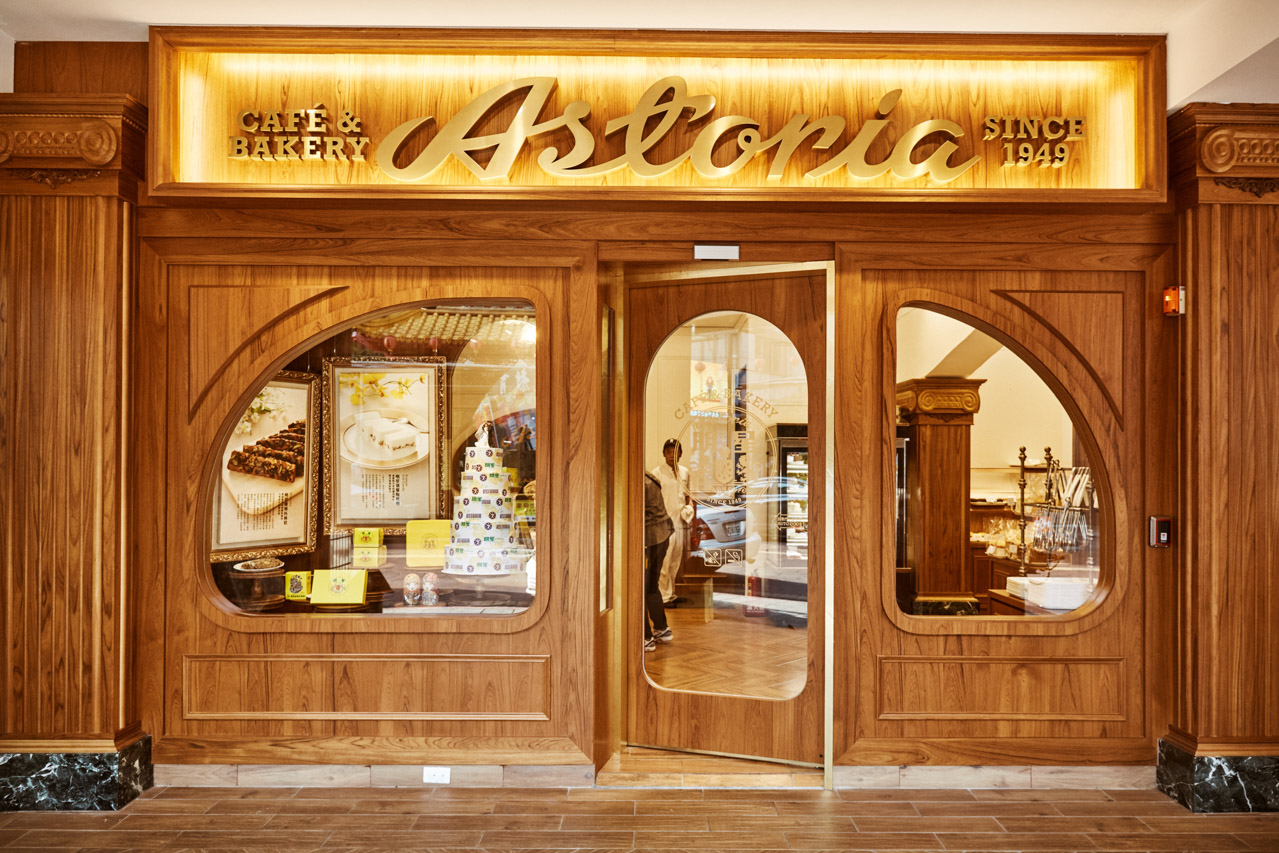
During the time of its closure, I still heard many stories about the cafe from my father’s generation. Even if you hadn’t been there, you must have heard of this place. Even if you hadn’t tried their coffee, you must have tried their Russian soft candy. It remained an almost spiritual symbol of literature. I suppose all things must come to an end. The amount of wine consumed gets smaller, and the only things that increase are age and weight.
The important thing is how to stay true to oneself amid all these changes. In the midst of rapid urban changes, how can we pass our spirit and strength of character on to our children?
In 2004, 15 years after its closure, the Astoria Cafe reopened at the heart of Taipei thanks to the massive support of many friends. It was once again a shining star guiding young people interested in literature past their solitude.
Fourteen years after that, I rose to settle my bill and try the Russian soft candy at the desk. Having bought my favorite chocolate cake downstairs, I told the employee not to wrap it up for me. He looked at me in amazement, and I just moved on while devouring the delicious cake.
How to enjoy your time at Astoria Cafe
- I highly recommend going during the afternoon tea time (14:30~17:00). My personal favorites are the borscht and some of the snacks.
- With plenty of Taiwanese literary works sitting in the cafe, one is encouraged to enjoy some light reading.
- With a group of three or more people, one can be seated in the traditional bench seating.
Photo by Sil Ver Chang
Proofread by TC Lin
Edited by HanSheng Huang
Additional Reading
♦ Louisa Coffee Takes Aim at Starbucks
♦ The Asian Coffee Boom
♦ Taiwan Tea in Starbucks

About Taipei West Town
Taipei West Town is an online Magazine for Taiwanese aiming at delivering the local spirits and irregularly reporting in-depth trip routes and selections that embedded the cultural characteristics. The content comprises authentic local tastes, places, cultural memory, and regional consciousness that hidden in Taipei.
Original content can be found at the website of Taipei West Town
♦ 夜空中最亮的星__城內明星咖啡館・星空の中で最も明るい星 明星カフェ
This article presents the opinion or perspective of the original author / organization, which does not represent the standpoint of CommonWealth magazine.







